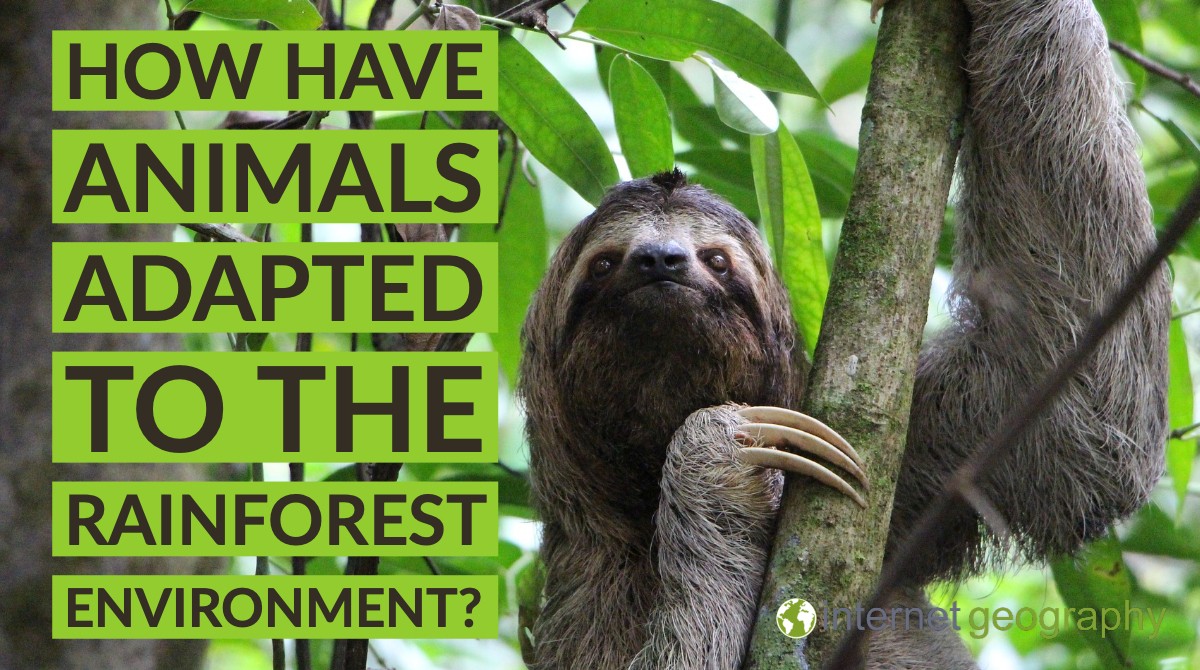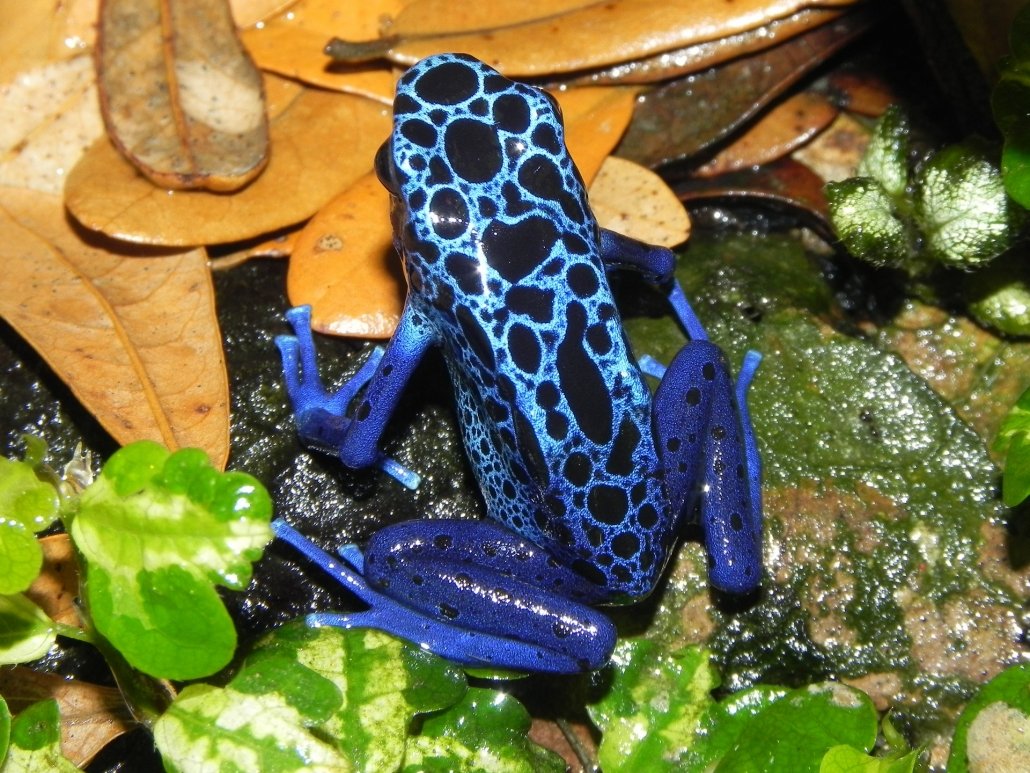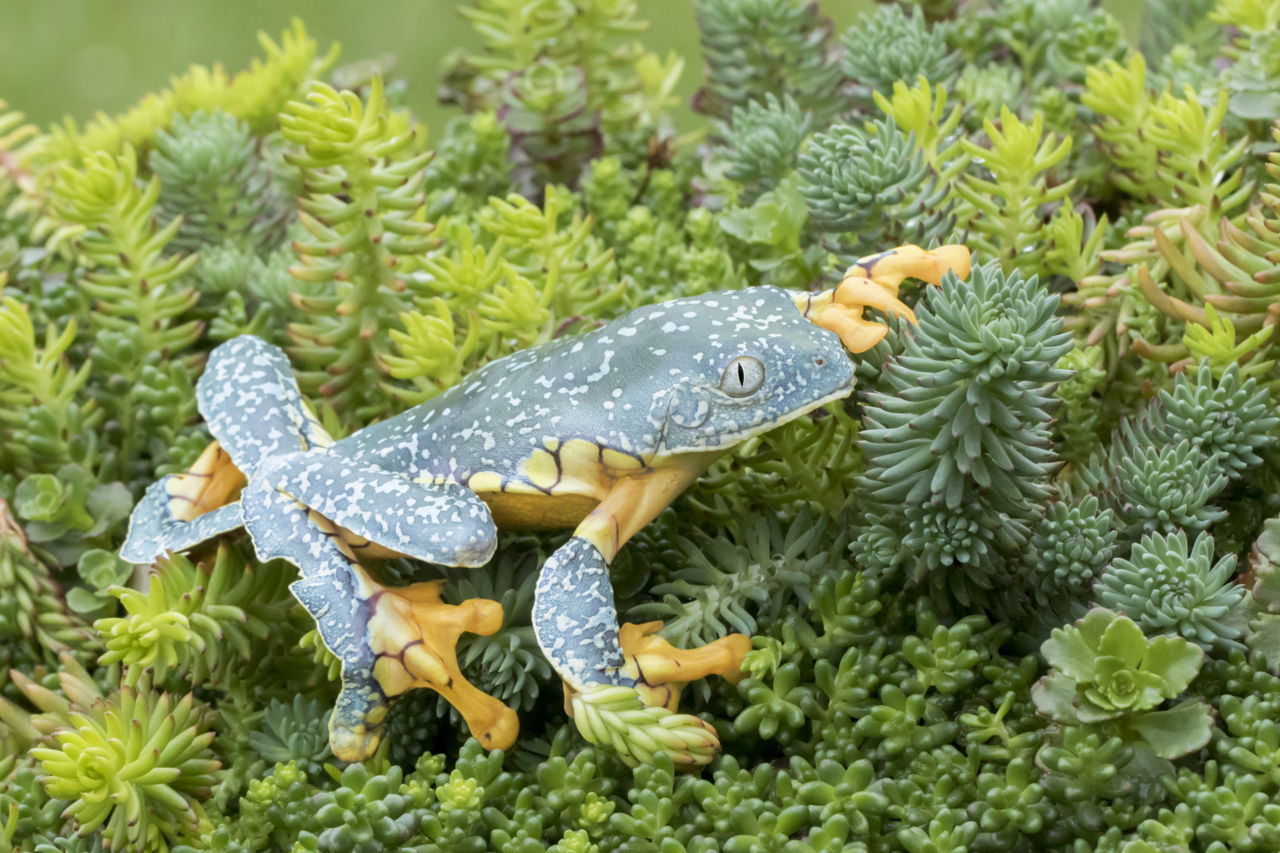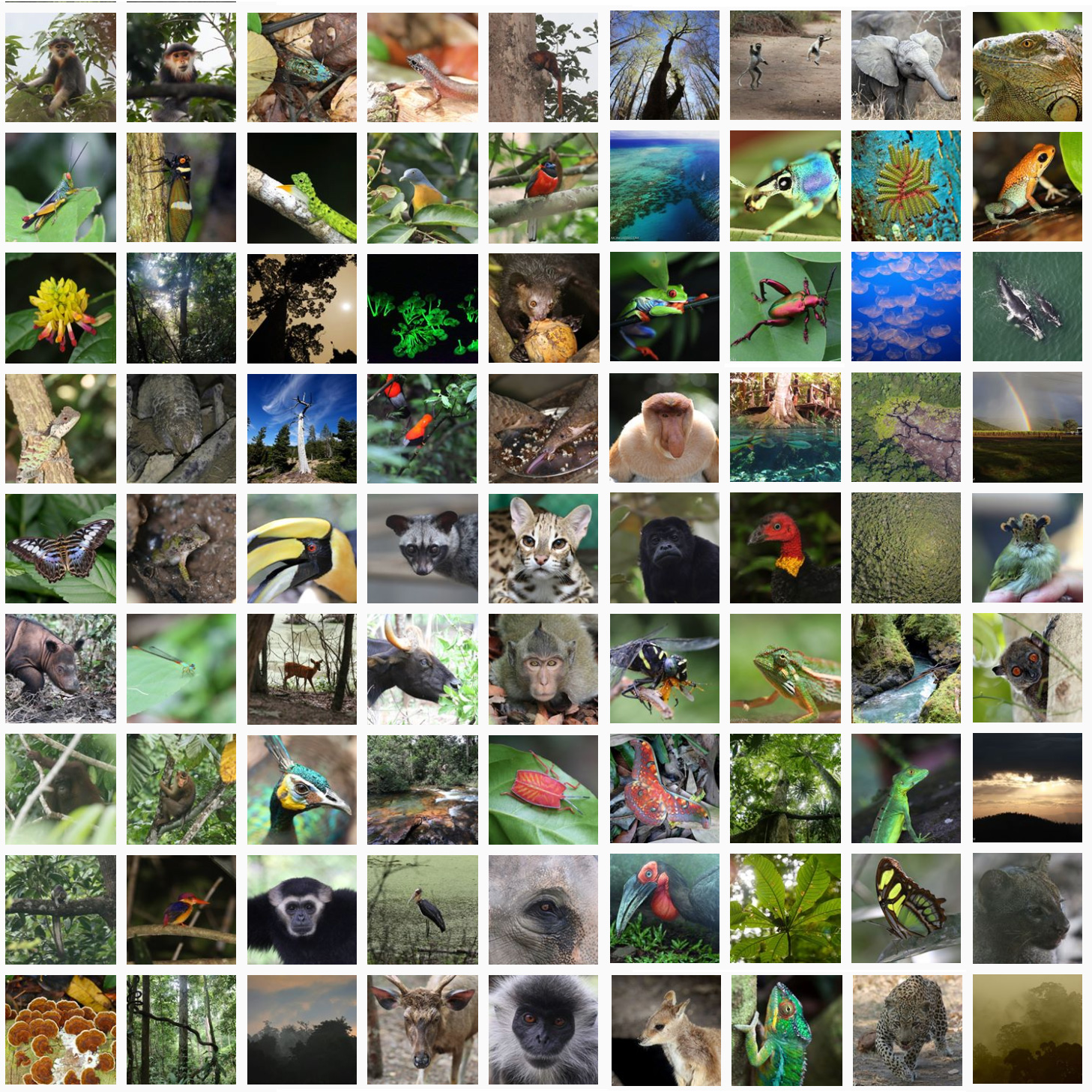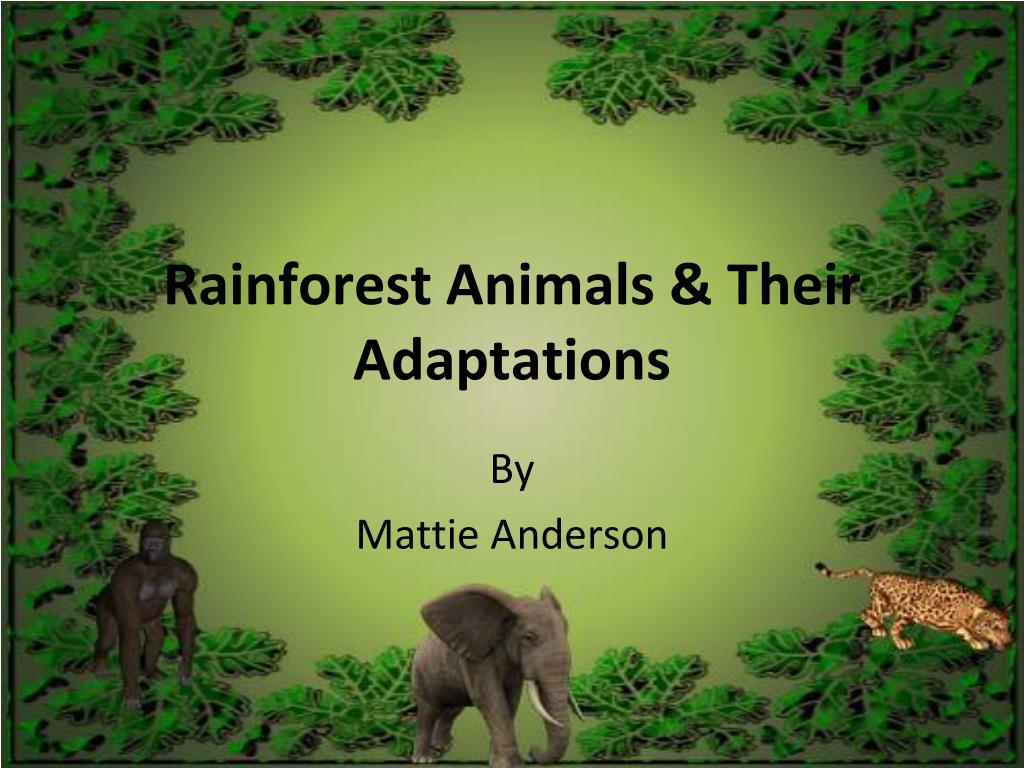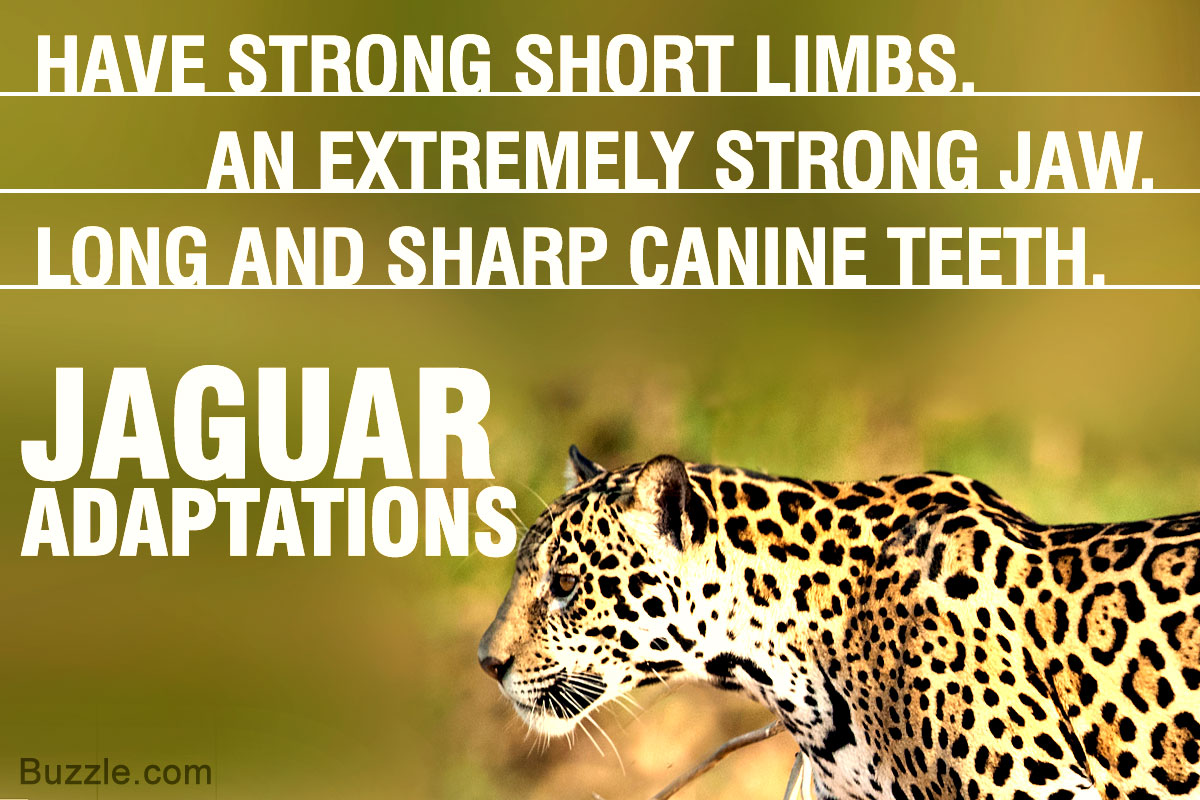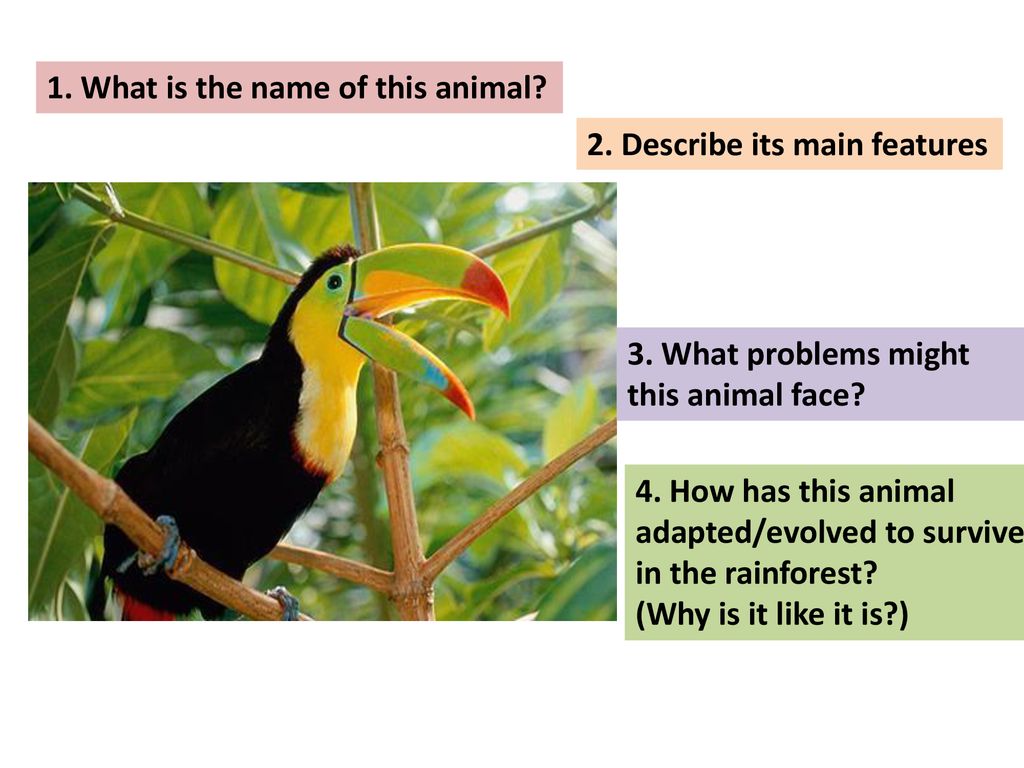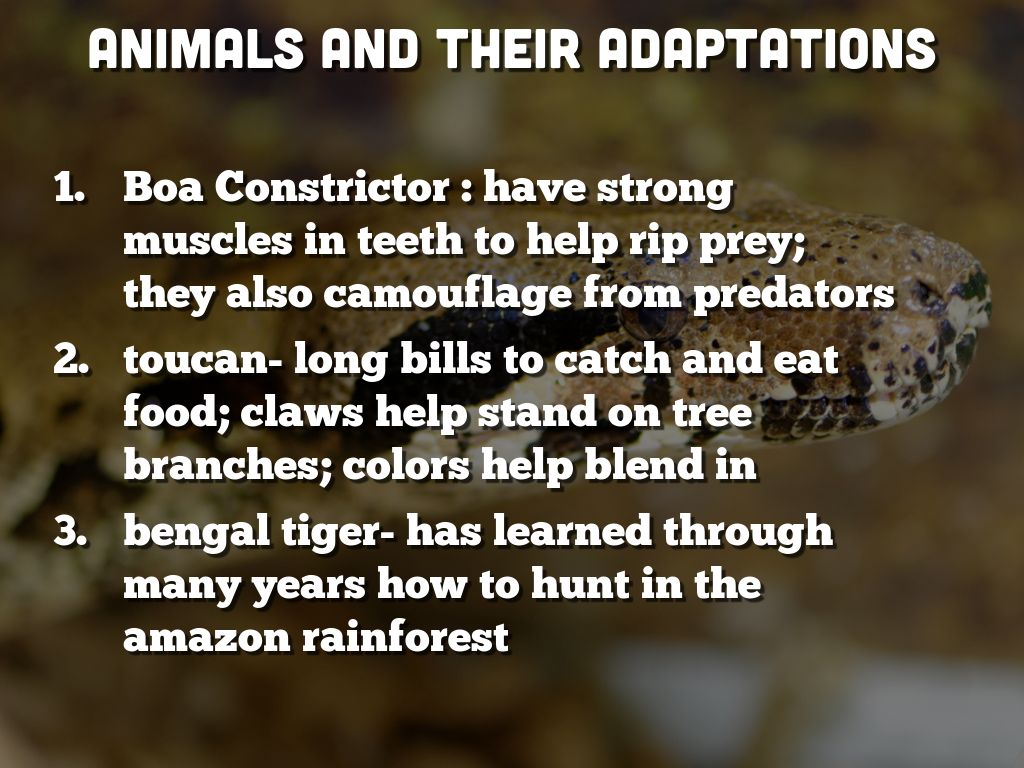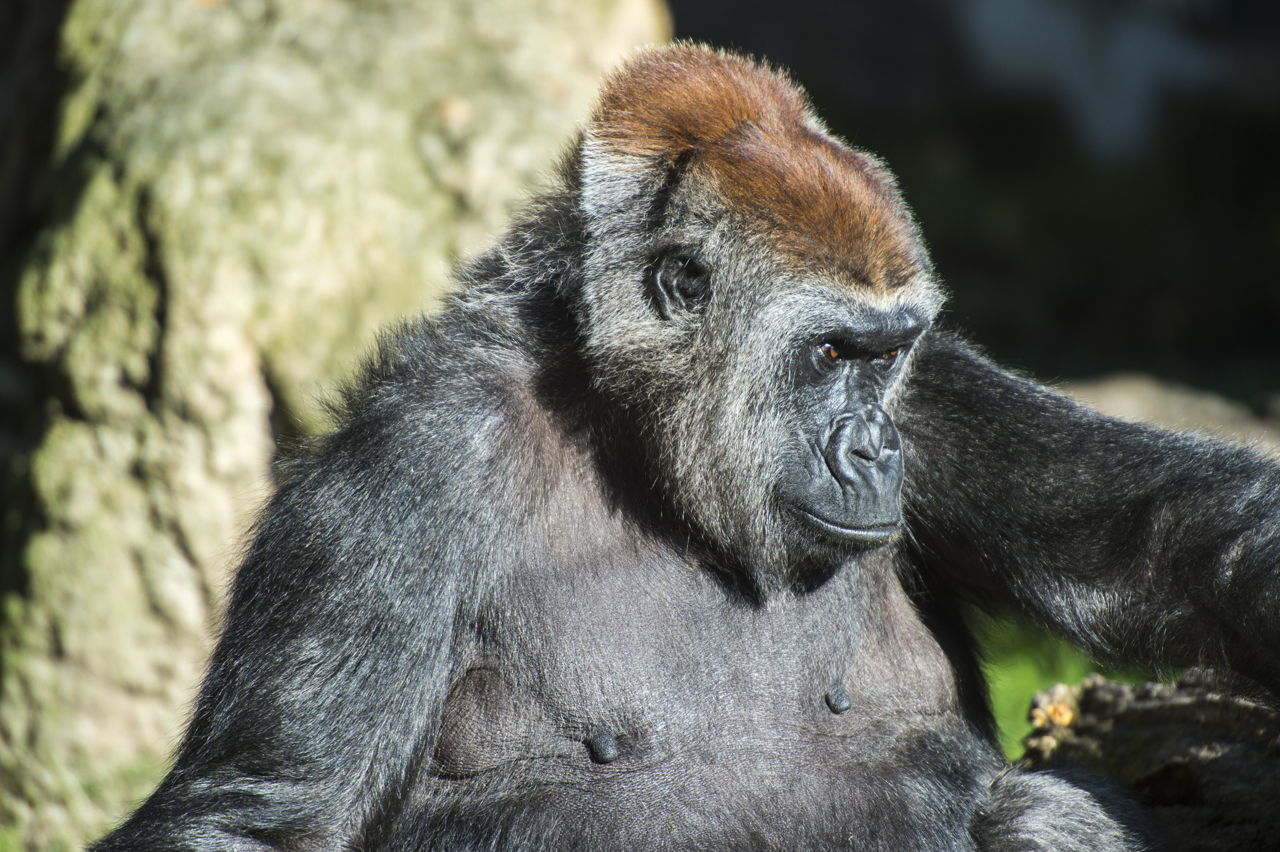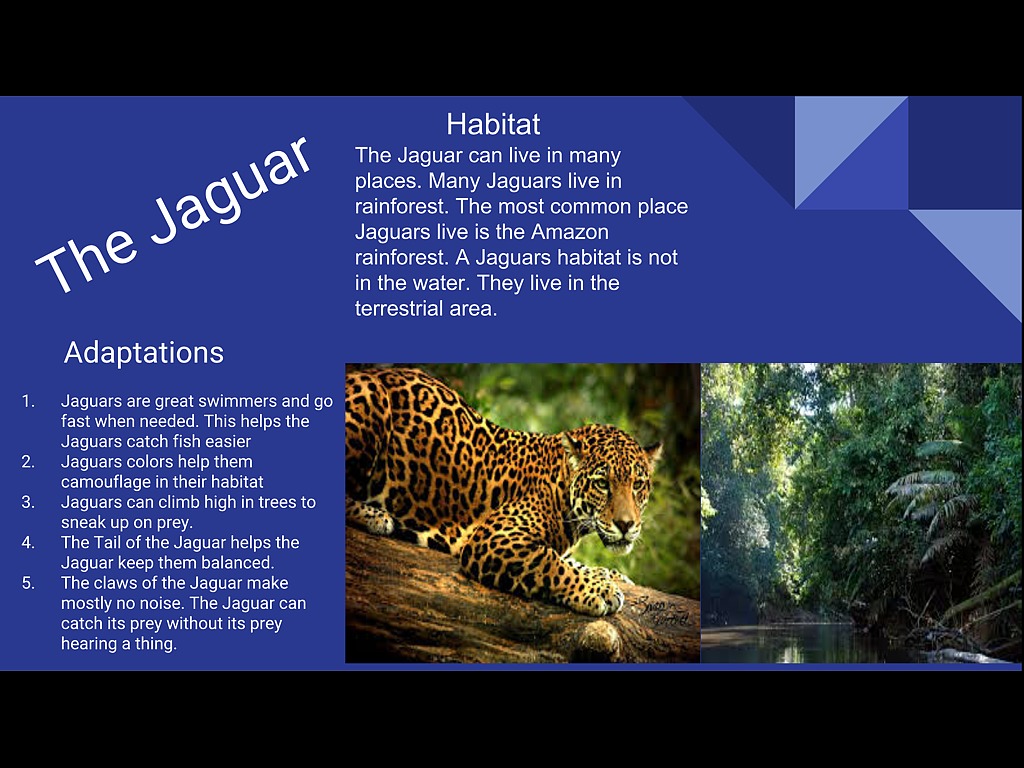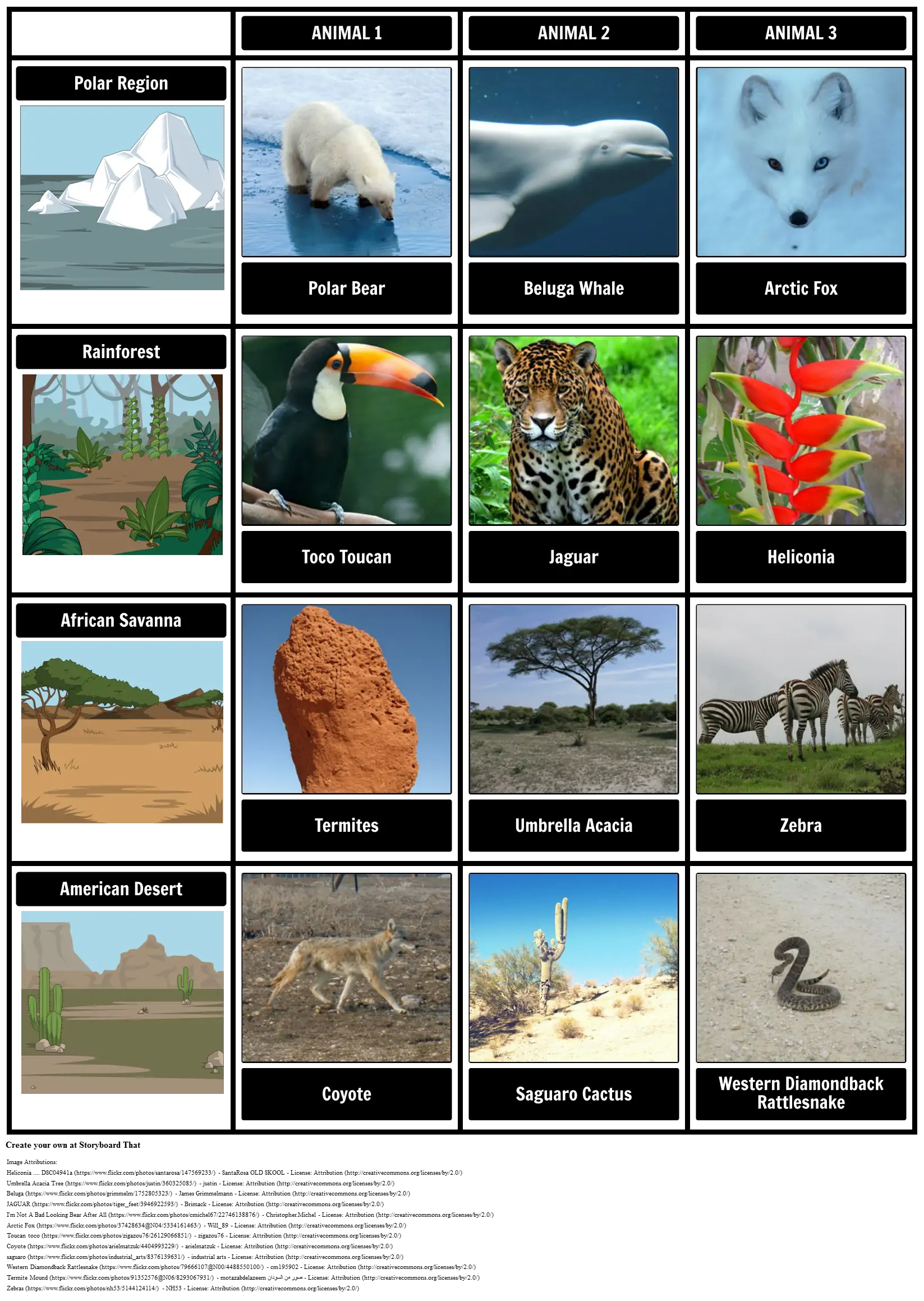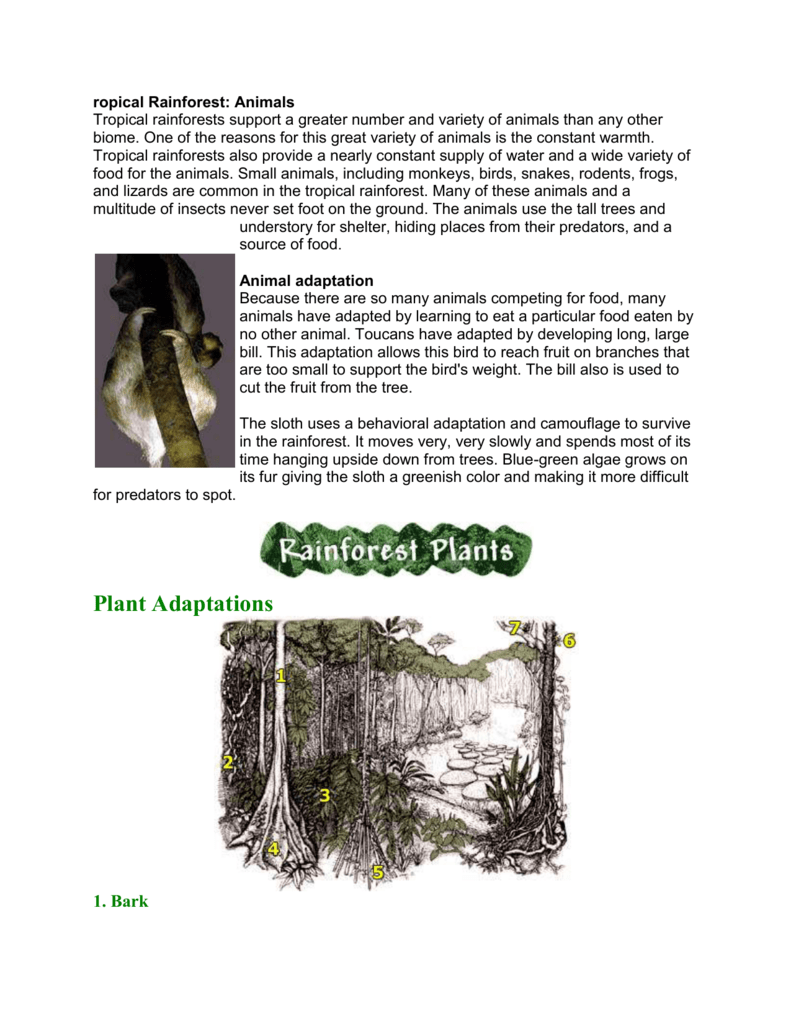Amazon Rainforest Animals Adaptations

This lesson discovers how animals have adapted to the Amazon rainforest.
Amazon rainforest animals adaptations. It covers areas including. Black Caimans lay between 15 and 40 eggs but few will make it to adulthood due primarily to other animals stealing their eggs. Tropical Rainforest Overview From the Amazon rainforest in South America to the lush rainforests of Australia and southeast Asia to the.
Animals like the flying fox bat and Wallaces flying frog face less competition from animals such as birds and diurnal reptiles when they hunt at night. They have translucent skin which can be an effective camouflage against predators. Including examples of eight animals that have adapted to life in rainforest conditionsWith this pack pupils are asked to gather information from the examples provided and use their knowledge to design their own animal perfectly suited to rainforest lifeHelp your children learn all about animals that live in the rainforest.
Sloths have adapted to the rainforest ecosystem in several ways. Young trees have special adaptations that could save the Amazon Juvenile trees in the Amazon rainforest have an increased ability to perform photosynthesis while under drought conditions. The glass frog is another species of frog found in the Amazon rainforest.
Animals of the rain forests are provided with a variety of habitats in the different layers of the forest trees. Leopard elephant snakes tigers monkey buffaloes frogs apes lizards many types of birds insects etc. How has the sloth adapted to the rainforest.
It is thought that in the Amazon rainforest there are. Some rainforest animals have adapted to hunt during the night instead of the day. Some of these amazing animals include monkeys piranhas anacondas tapirs jaguars and iguanas.
Animal adaptations many animals have adapted to the unique conditions of the tropical rainforests. The ability of rainforest leaves to get rid of excess water. One example is the nocturnal Amazon tree boa a strikingly.
